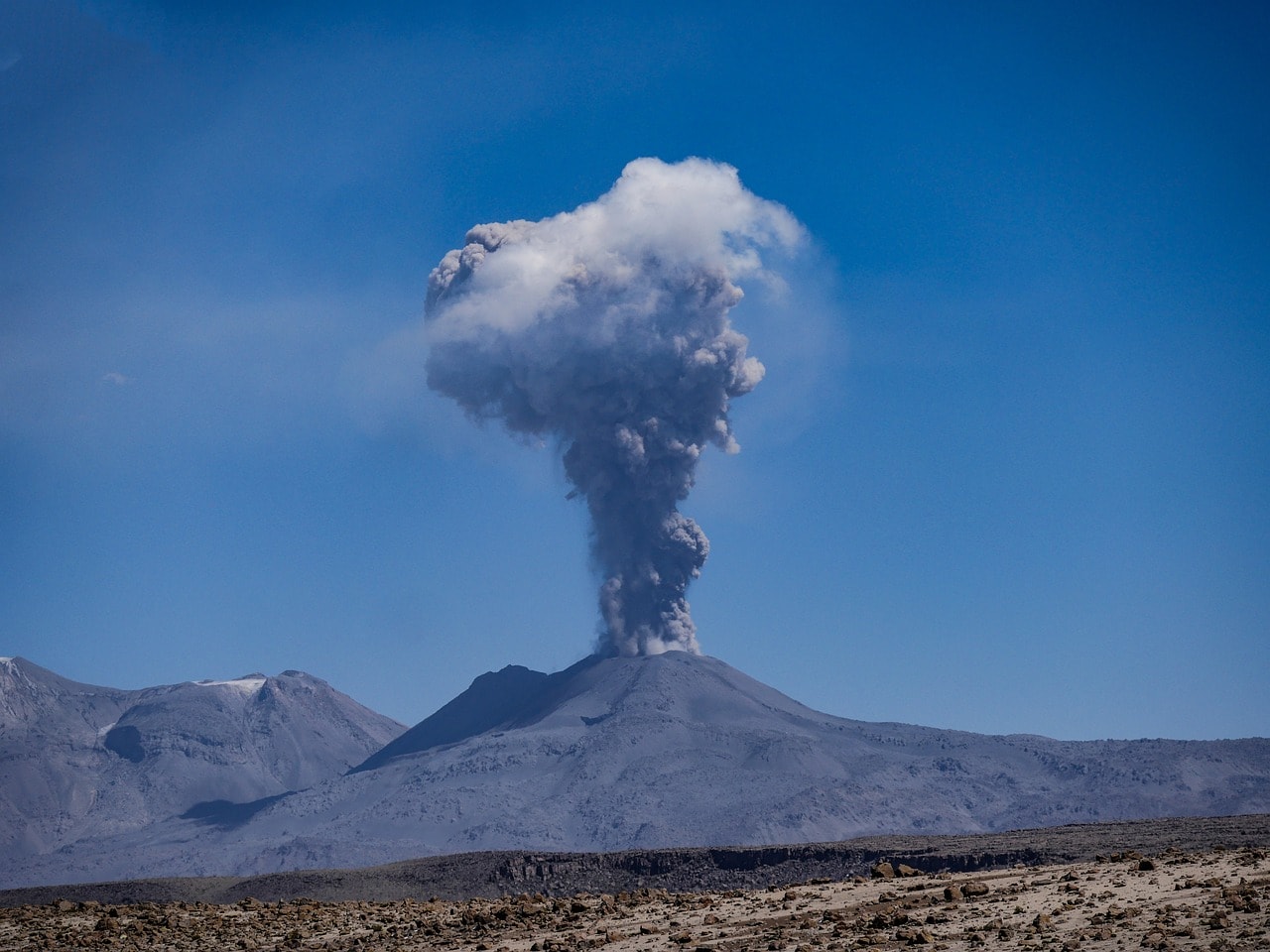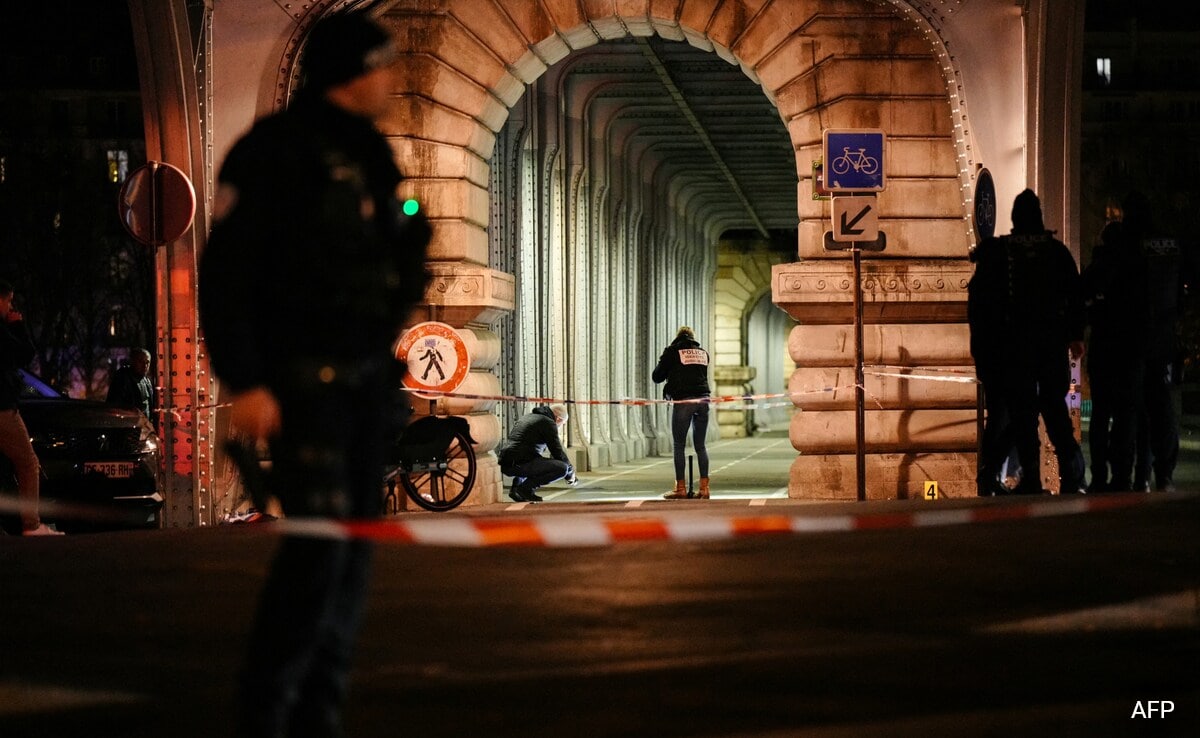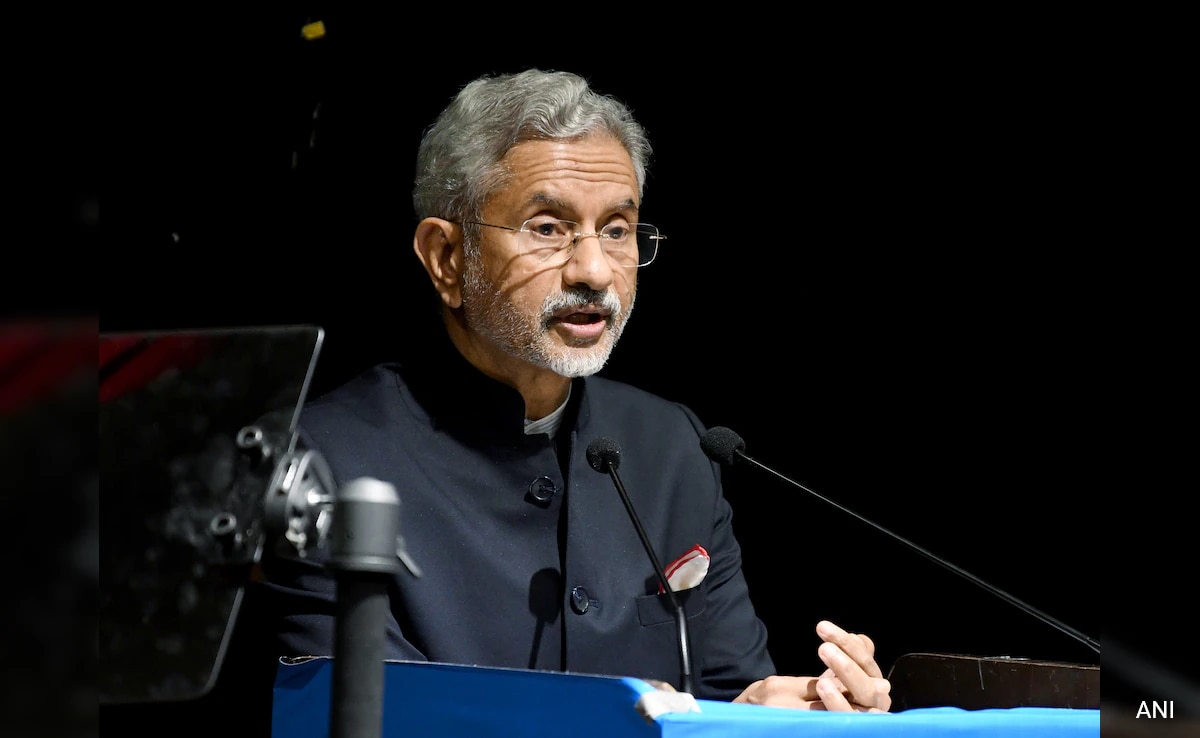The annual average temperatures in the Northern Hemisphere came down by around 1 degree Celsius during one of the most powerful eruptions in the 19th century. Now, after nearly 200 years, scientists have identified the ‘mystery volcano’ that cooled down the Earth’s climate when it erupted in 1831.
In their research, published in Proceedings of the National Academy of Sciences journal on Monday, the scientists have linked the 1831 eruption to an island volcano in the northwest Pacific Ocean.
The ‘mystery volcano’ was Zavaritskii, also spelled as Zavaritsky. It is situated on Simushir Island, a part of the Kuril Islands archipelago — a disputed area by Russia and Japan. As per their analysis, the last eruption from Zavaritskii was in 800 BC.
Although researchers were aware of the year of this historic eruption, they could not trace the location of the volcano until recently when they sampled ice cores in Greenland.
The eruption happened during the last gasp of the Little Ice Age, considered one of the coldest periods in the Earth’s history in the past 10,000 years. As part of their research, the scientists looked into the cores’ layers to examine sulfur isotopes, tiny volcanic glass shards and grains of ash that had been deposited between 1831 and 1834.
To map particles’ trajectories, the researchers analysed radioactive dating, geochemistry, and computer modelling.
Dr William Hutchison, a principal research fellow in the School of Earth and Environmental Sciences at the University of St. Andrews in the UK and the lead author of the study, said, “For many of Earth’s volcanoes, particularly those in remote areas, we have a very poor understanding of their eruptive history”.
Since Zavaritskii is situated on an extremely remote island between Japan and Russia, “no one lives there and historical records are limited to a handful of diaries from ships that passed these islands every few years,” Hutchison told CNN via email.
According to the latest study, no one previously thought Zavaritskii was behind the 1831 eruption since there was very little information about its activity during the 19th century. Instead, they considered other volcanoes, especially those located closer to the equator, like the Babuyan Claro volcano in the Philippines.















